La méthode KonMari de Marie Kondo est-elle compatible avec la décoration d'intérieur?
Marie Kondo, on la connaît depuis longtemps. Mais la diffusion d'une série sur Netflix " L’art du rangement avec Marie Kondo" l'a ramenée dans l'actualité. Quels sont les principes de la méthode KonMari? Est-elle compatible avec une décoration telle que vous la souhaitez? Vous sentez-vous capables de l'appliquer chez vous? Va t-elle réellement vous faire du bien? (car c'est le but que la coach vous promet : "votre vie va changer quand votre maison sera rangée"). Décryptage façon déco (je ne vous parlerai pas du pliage des vêtements, ils sont dans un placard, ils ne se voient pas, et pour moi tout ce qui ne se voit pas est parfaitement rangé et à sa place, même si mes étagères ressemblent au bronx...) :
Le principe premier est de se débarrasser de tout ce qui est superflu, non utilisé, accumulé, et plus aimé. Et lorsqu'on se sépare d'un objet, on le remercie d'abord (j'avoue en être bien incapable...), ce qui peut donner des intérieurs parfaits, un peu lisses, et assez séduisants au moins en photos ! Je vous propose de regarder deux appartements de deux pièces, d'une surface équivalente, et aux décorations bien différentes, la première plus proche des principes de Marie Kondo, et la seconde, carrément plus éloignée !
Is Marie Kondo's KonMari method compliant with interior design?
Marie Kondo, we've known her for a long time. But the broadcasting of a series on Netflix " The art of tidying up with Marie Kondo " brought it back into the news. What are the principles of the KonMari method? Is it compatible with a decoration as you wish? Do you feel able to apply it at home? Will it really be of help to you (because that is the goal that the coach promises you: "your life will change when your house is tidied up"). Decoding in a deco way (I won't tell you about folding clothes, they're in a closet, they can't be seen, and for me everything that can't be seen is perfectly tidy and in its place, even if my shelves look like a mess...) :
The first principle is to get rid of everything that is superfluous, unused, accumulated, and no longer loved. And when you remove an object, you thank it first (I admit I'm quite unable to do so...), which can give perfect, slightly smooth, and quite attractive interiors, at least in pictures! I suggest you look at two one-bedroom apartments, with an equivalent surface area and very different decorations, the first one closer to the principles of Marie Kondo, and the second one, much more far away!
48,5m²
Source : Svenskfast
Mais on peut aussi aménager des endroits plus anciens, et là, c'est une autre histoire...On accumule, on accumule, et ça donne une décoration sans doute plus éclectique, mais bien plus personnelle :
But you can also arrange older places, and this is another story... You accumulate, you accumulate, and it gives a decoration that is probably more eclectic, but much more personal:
45m²
Source : Historiska
Alors, votre choix? Un peu des deux non? Bref, si je suis adepte d'un certain minimalisme, je ne suis pas contre un peu de personnalisation avec des objets qui ont une signification particulière pour moi, sans souhaiter toutefois les accumuler.
So, what's your choice? A little of both, isn't it? In short, if I am a fan of a certain minimalism, I am not against a little personalization with objects that have a particular meaning for me, without wishing to accumulate them.
Le principe premier est de se débarrasser de tout ce qui est superflu, non utilisé, accumulé, et plus aimé. Et lorsqu'on se sépare d'un objet, on le remercie d'abord (j'avoue en être bien incapable...), ce qui peut donner des intérieurs parfaits, un peu lisses, et assez séduisants au moins en photos ! Je vous propose de regarder deux appartements de deux pièces, d'une surface équivalente, et aux décorations bien différentes, la première plus proche des principes de Marie Kondo, et la seconde, carrément plus éloignée !
Is Marie Kondo's KonMari method compliant with interior design?
Marie Kondo, we've known her for a long time. But the broadcasting of a series on Netflix " The art of tidying up with Marie Kondo " brought it back into the news. What are the principles of the KonMari method? Is it compatible with a decoration as you wish? Do you feel able to apply it at home? Will it really be of help to you (because that is the goal that the coach promises you: "your life will change when your house is tidied up"). Decoding in a deco way (I won't tell you about folding clothes, they're in a closet, they can't be seen, and for me everything that can't be seen is perfectly tidy and in its place, even if my shelves look like a mess...) :
The first principle is to get rid of everything that is superfluous, unused, accumulated, and no longer loved. And when you remove an object, you thank it first (I admit I'm quite unable to do so...), which can give perfect, slightly smooth, and quite attractive interiors, at least in pictures! I suggest you look at two one-bedroom apartments, with an equivalent surface area and very different decorations, the first one closer to the principles of Marie Kondo, and the second one, much more far away!
48,5m²
Source : Svenskfast
Mais on peut aussi aménager des endroits plus anciens, et là, c'est une autre histoire...On accumule, on accumule, et ça donne une décoration sans doute plus éclectique, mais bien plus personnelle :
But you can also arrange older places, and this is another story... You accumulate, you accumulate, and it gives a decoration that is probably more eclectic, but much more personal:
45m²
Source : Historiska
Alors, votre choix? Un peu des deux non? Bref, si je suis adepte d'un certain minimalisme, je ne suis pas contre un peu de personnalisation avec des objets qui ont une signification particulière pour moi, sans souhaiter toutefois les accumuler.
So, what's your choice? A little of both, isn't it? In short, if I am a fan of a certain minimalism, I am not against a little personalization with objects that have a particular meaning for me, without wishing to accumulate them.









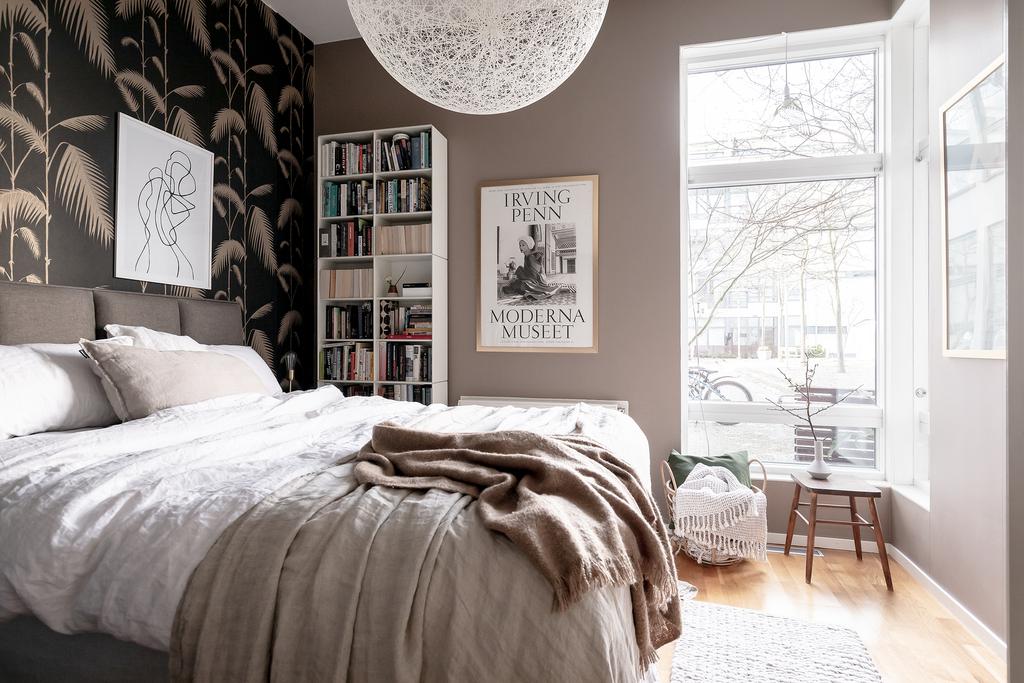















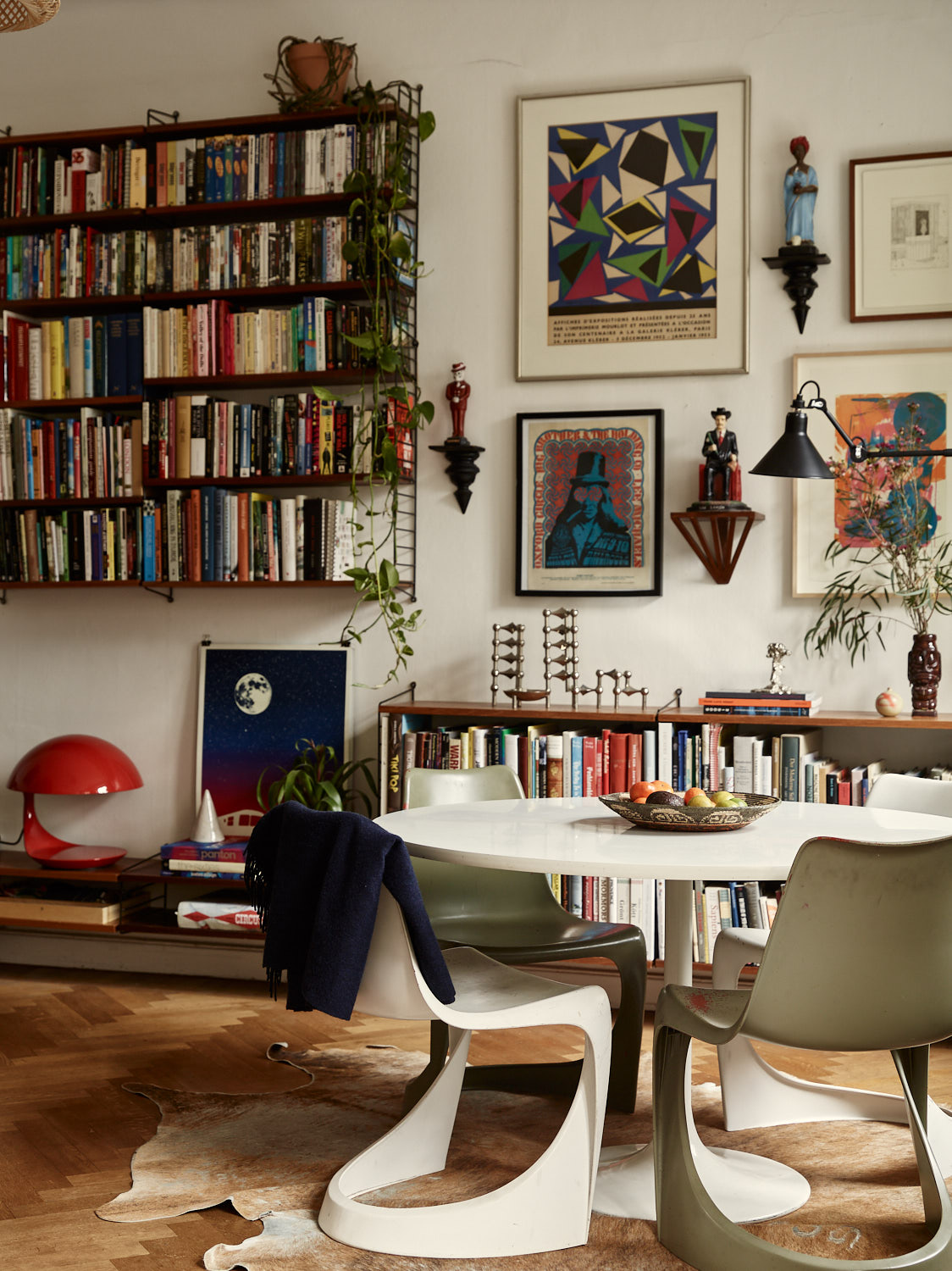
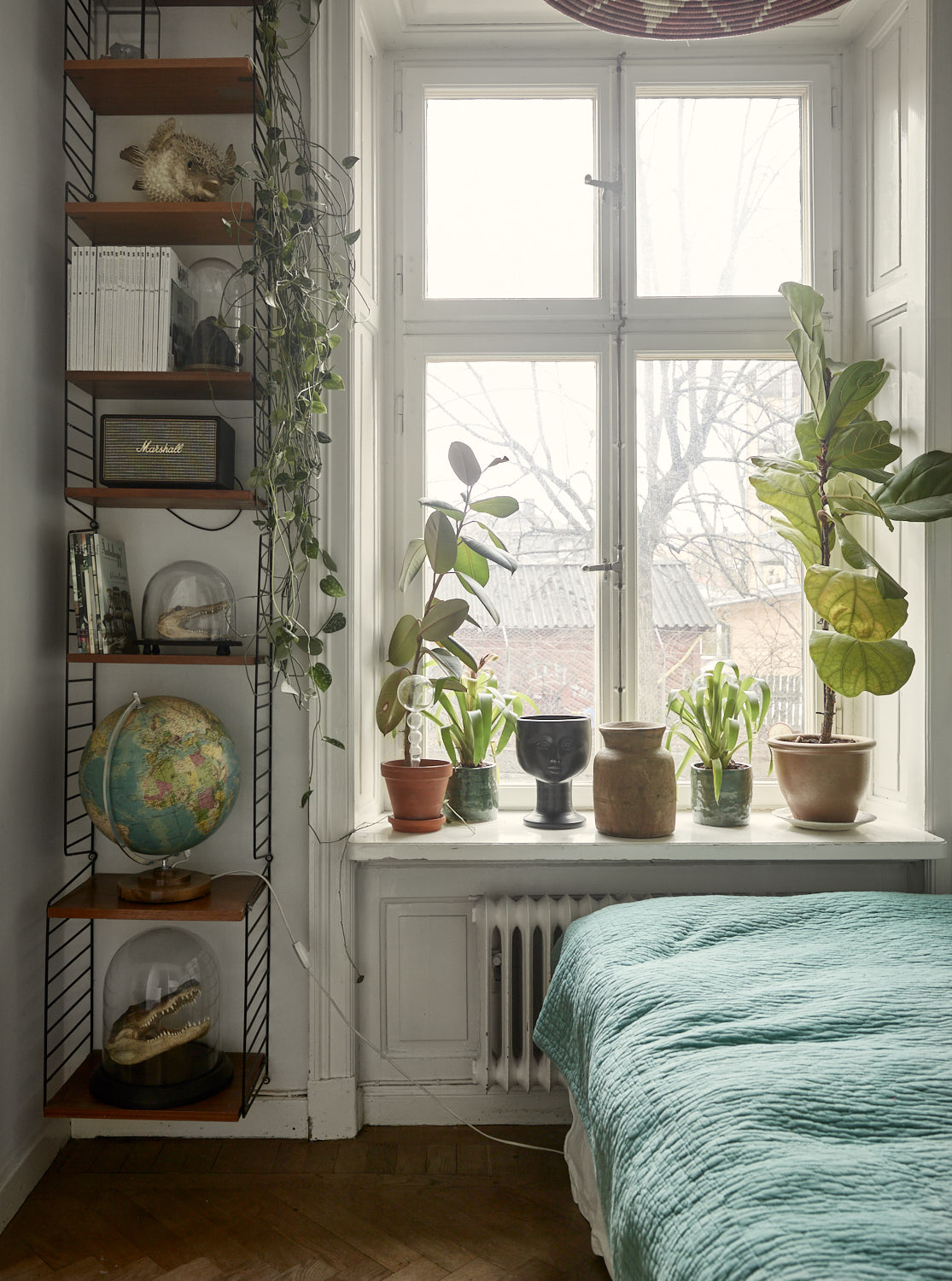
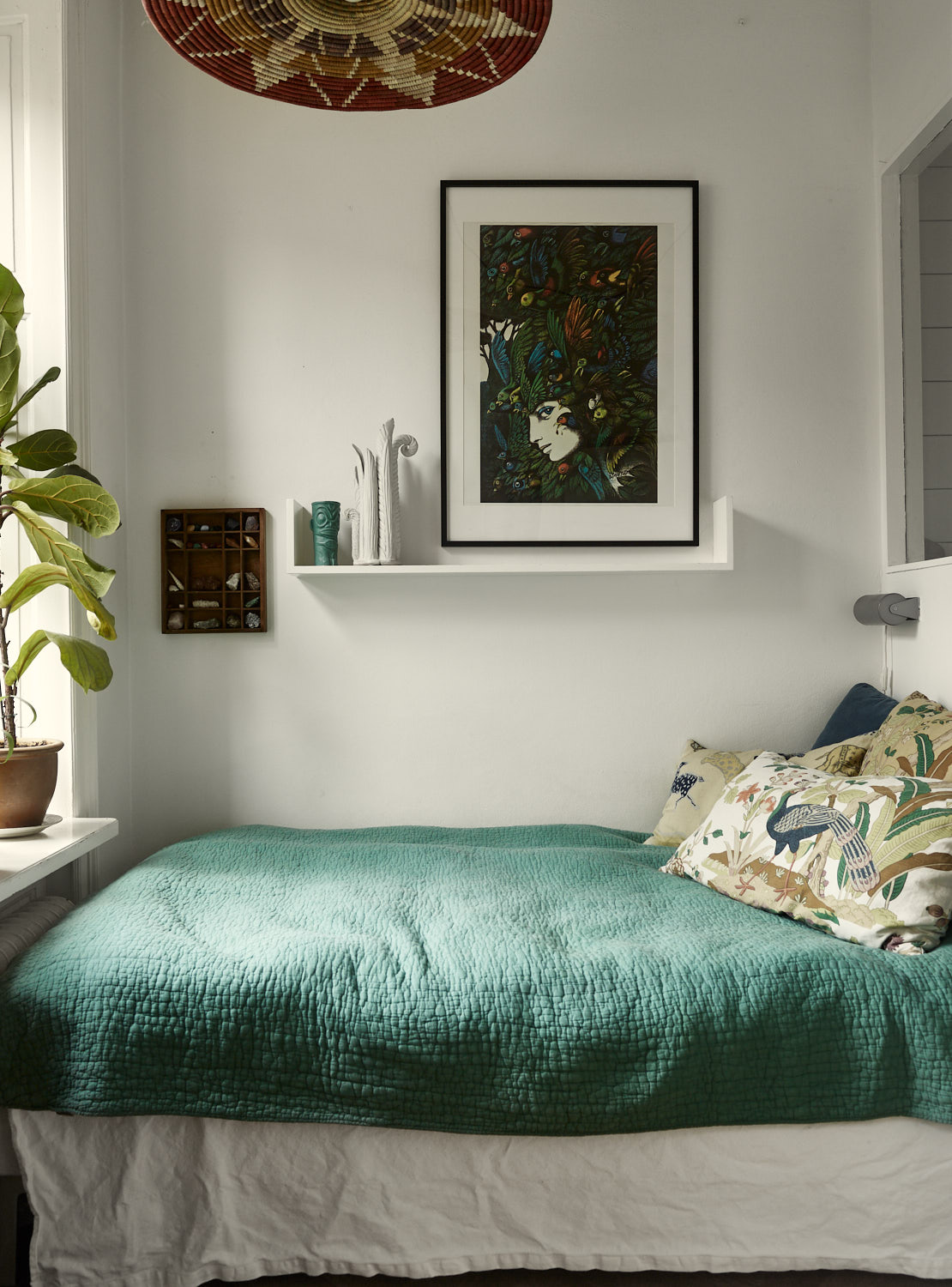





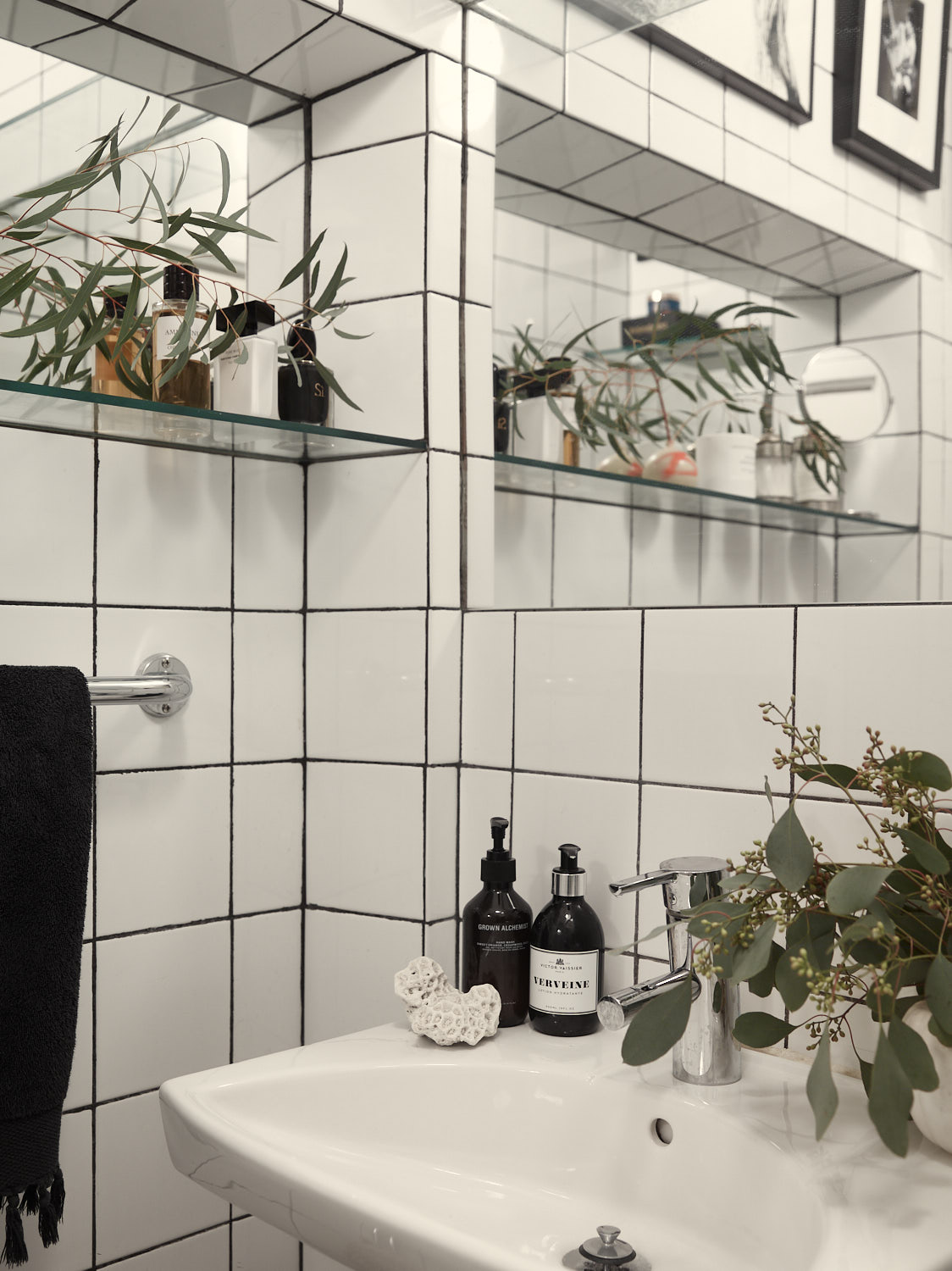











Commentaires